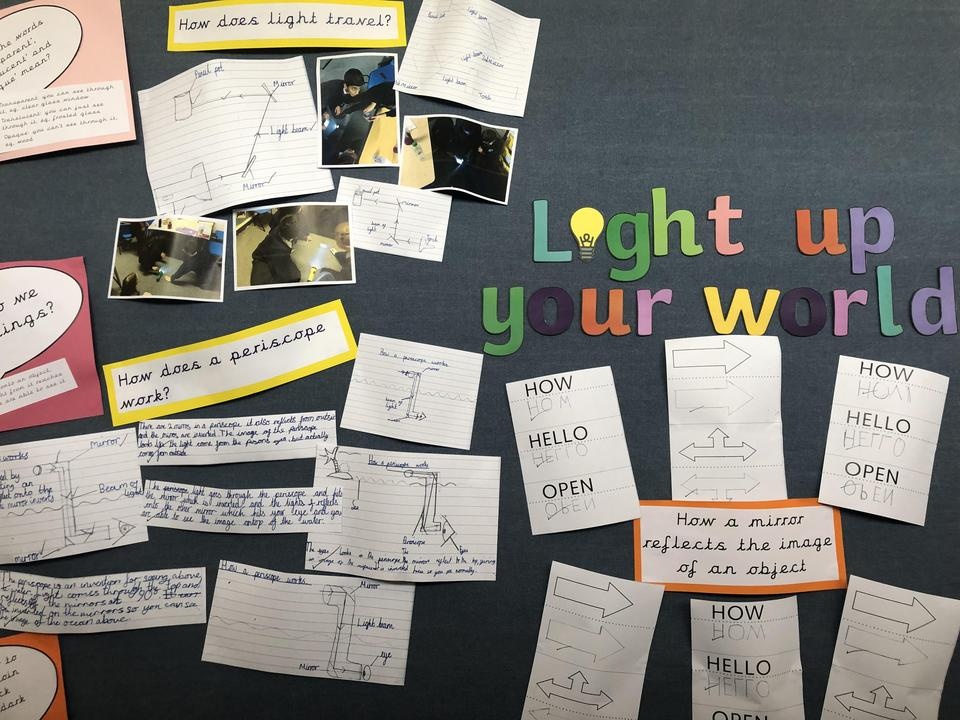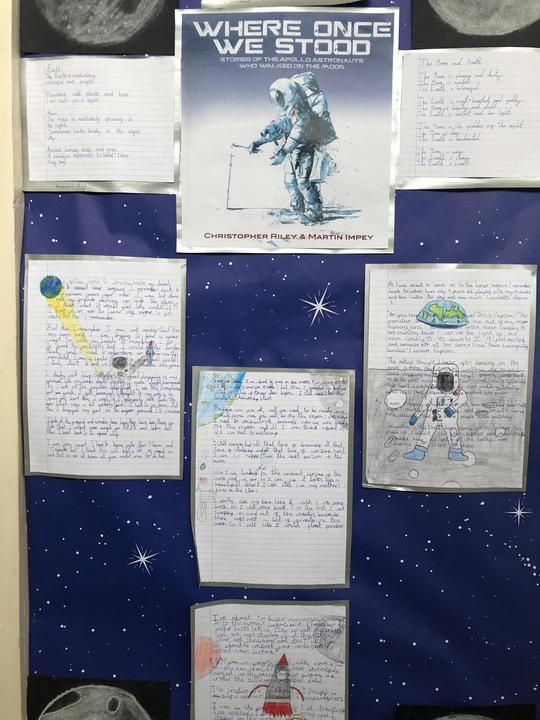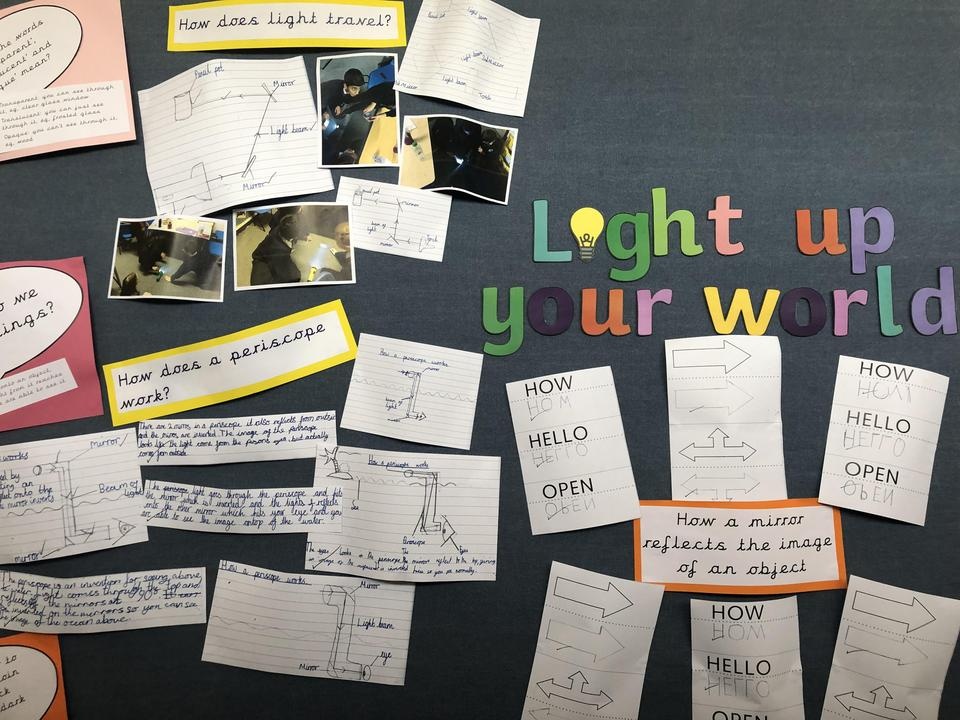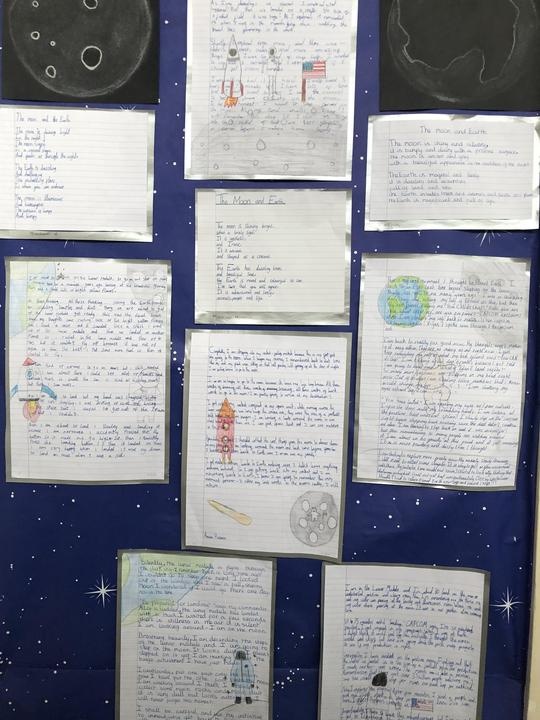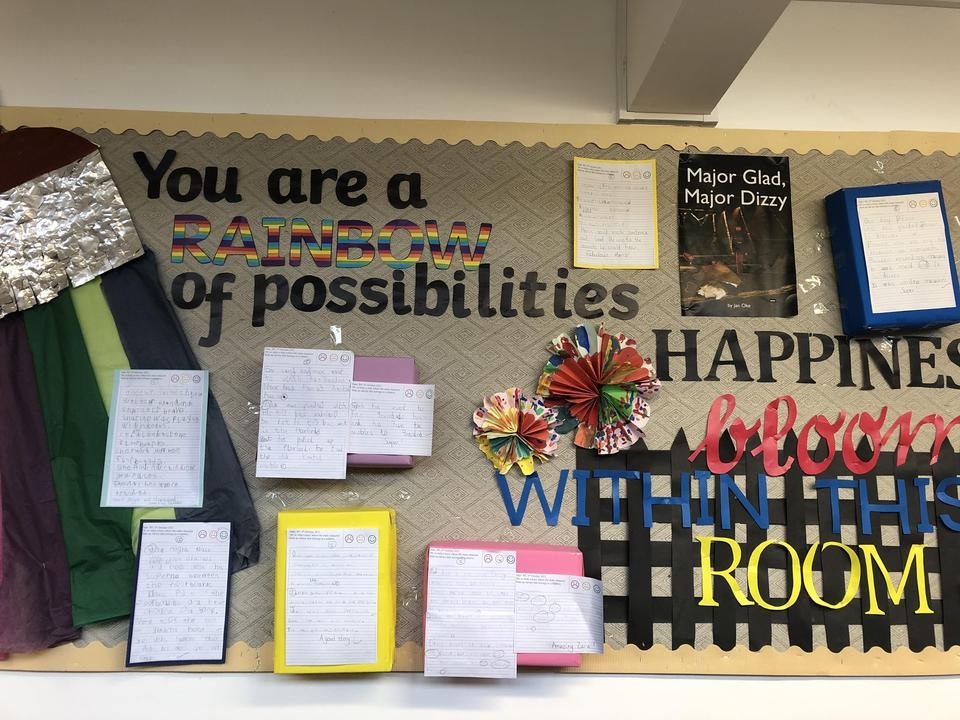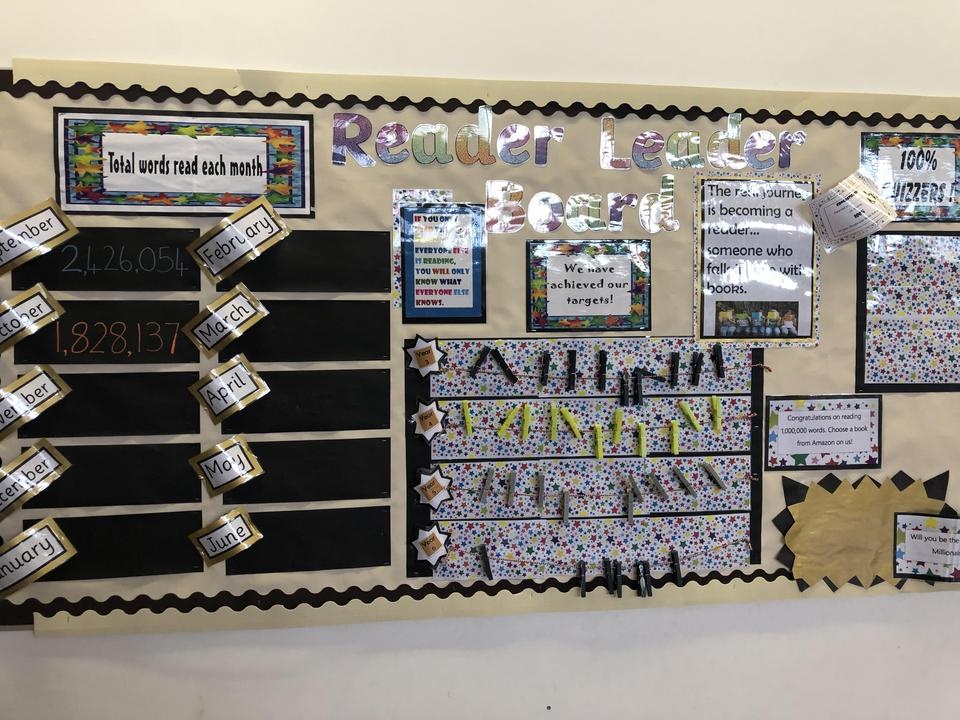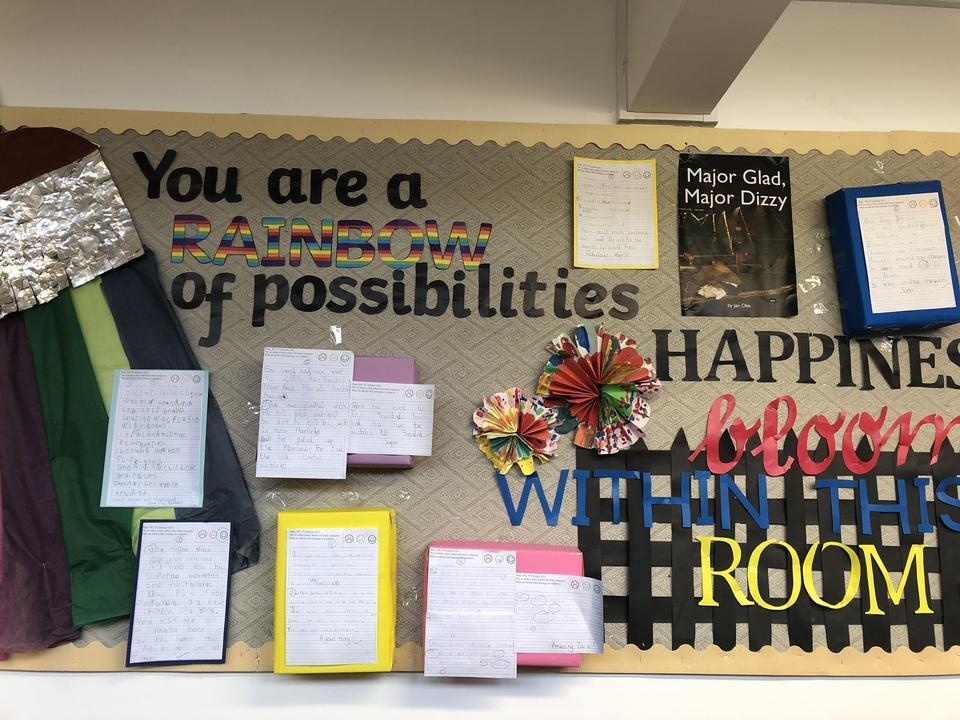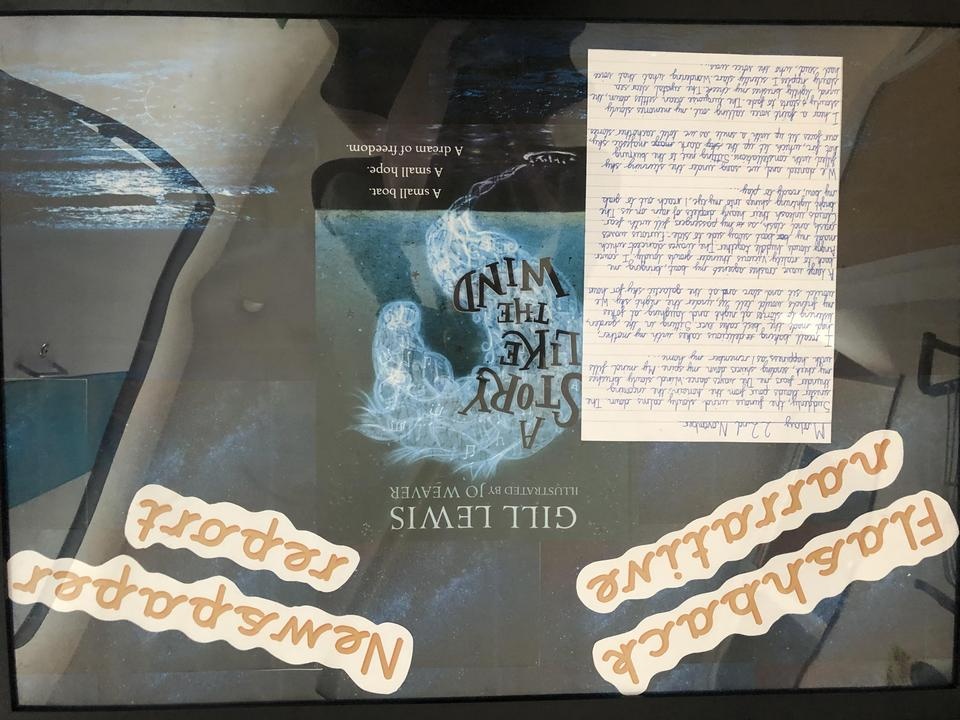Writing
Intent, Implementation, Impact
At St Mary and St Joseph's, we have planned our writing curriculum around the texts set out in Literacy Count’s Read to Write units of work. They have been designed by Literacy Counts as a scaffold and a guide for teachers to provide high-quality teaching of writing through high-quality literature. These detailed units centre on engaging, vocabulary-rich texts, with a wealth of writing opportunities within and across the curriculum and also signpost wider curriculum enrichments.
Each unit consists of:
- Clear sequential Episodes of Learning
- Model Texts linked to writing outcomes within the unit
- Vocabulary learning and contextualised spelling, grammar and punctuation
- Wider reading for the wider curriculum
- Curriculum Enrichments
- Explicit links to the national curriculum
Units of Work
Units of work are made up of ‘episodes of learning’.
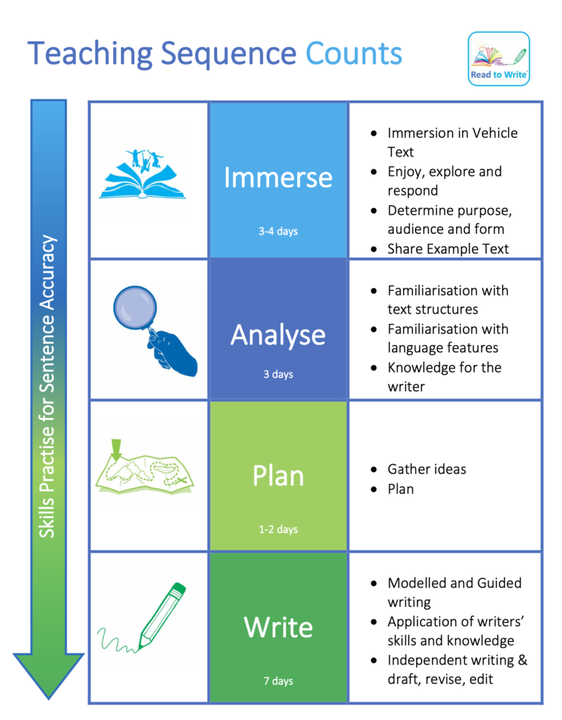
Vehicle and Model Texts
Each unit of work consists of a fiction and non-fiction writing outcome based on one high-quality children’s book. This is known as the ‘vehicle text’. From this vehicle text, a model text has been written for each of the genres to be taught so that children can study the writing skills and vocabulary used. Crucially, the skills and vocabulary choice can then be analysed for their effect on the reader. The model text is written to incorporate language features and vocabulary for that particular year group and is pitched just above greater depth in order to provide a sufficiently high model of expectations for all pupils.
Please use the links below to view the progression units for Read to Write throughout school.
- Reception Progression Overview
- Year 1 Progression Overview
- Year 2 Progression Overview
- Year 3 Progression Overview
- Year 4 Progression Overview
- Year 5 Progression Overview
- Year 6 Progression Overview
Each year group in the school has a set of End of Year Expectations'in writing. It is hoped that children will achieve these expectations and even move go on to achieve some of those included in the following year group. Click on the links below to view the expectations for your child's year group.
End of Year Expectations
Handwriting
At St Mary and St Joseph's RC Primary School we use the WriteWell handwriting programme to guide children from their first steps in mark making to the development of clear, confident and speedy joined handwriting that can be adapted for a range of purposes.
A developmental approach
As handwriting development can vary greatly from child to child, WriteWell follows a developmental model that allows every child to progress at their own pace, as their handwriting skills flourish. Learning is split into four discrete Stages based on the National Handwriting Association’s eight ‘S Factors for Success’: Shape; Space; Size; Sitting on the line; Stringing together; Slant; Speed and Style. Each S Factor represents a feature of successful handwriting, and the factors are arranged in order of developmental demand.
Each WriteWell Stage is covered in detail, ensuring that learning is firmly embedded before children move on. Stages 1 and 3 require more pupil books than the other Stages because they teach the formation of letters and joins, as outlined below.
Stage 1: Shape - This Stage begins with writing patterns and boosting pencil control in Book 1, before introducing the correct letter formations for lowercase letters in Books 2 and 3, and for capital letters and numbers in Book 4. The lowercase letters are introduced in five motion-inspired ‘letter families’. This helps to focus not only on the letter shapes, but also on ensuring that they are formed in the correct direction, starting and finishing in the right place.
Stage 2: Space, Size, Sitting on the line - Once letter formation is secure, children learn how to arrange their writing on baselines and to form letters of the correct relative size. They also learn about spacing letters within words and leaving appropriate spaces between words.
Stage 3: Space, Stringing together, Slant - Stage 3 is the most detailed Stage in which children are systematically introduced to the basic diagonal and horizontal joins. Throughout this Stage children also build confidence by using to joins to join longer words and to develop a consistent joining style.
Stage 4: Speed, Style - Once joining is secure, the focus shifts to developing a personal style that is fast, fluent and legible and can be adapted for different purposes and tasks. Children are encouraged to adopt a slanted style and to experiment with changes to their joined style, such as looping.
Structured practice
Handwriting is a skill and like all skills it requires intensive practice to achieve fluency. The WriteWell pupil books offer plenty of opportunities for children to practise new learning and careful consideration has gone into all of the activities to limit cognitive demand so that, while drawing on learning from areas such as phonics, spelling and grammar, the emphasis is on handwriting first and foremost.
Each pupil book contains 15 units, together with a child-friendly introduction and at least one longer ‘WriteWell challenge’, giving pupils the opportunity to show off their best handwriting. All the units provide a clear handwriting focus, followed by targeted practice activities that gradually increase in difficulty, progressing from simple ‘Try it’ and ‘Practise it’ exercises involving tracing and copying activities, to more challenging ‘Apply it’ activities that encourage children to use the handwriting focus in a realistic context.
Throughout the programme children are encouraged to practise their handwriting skills through a variety of physical and multi-sensory activities, such as sky writing or making patterns in sand, as well as in their everyday writing by, for example, circling their best letter shape or comparing each other’s writing.
Celebrating our writing in school
- Online Grammar Dictionary Use the dictionary to find the meaning of many terms e.g. nouns, plural nouns, adjectives.

